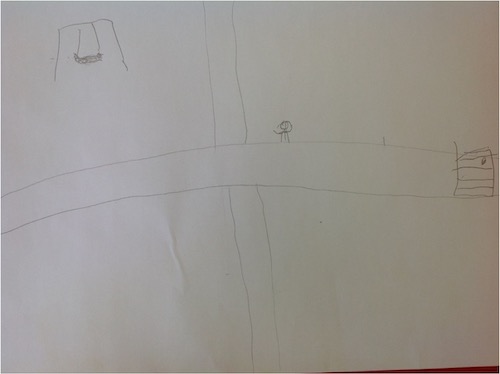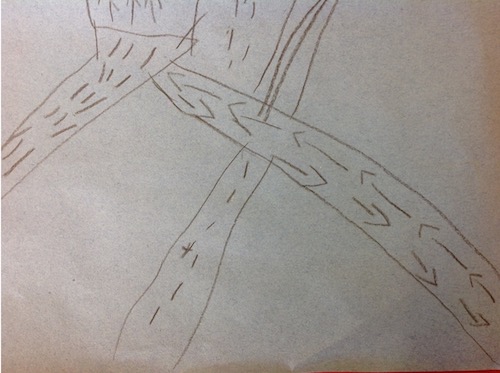Or search by topic
Number and algebra
Geometry and measure
Probability and statistics
Working mathematically
Advanced mathematics
For younger learners
EYFS Thinking About: Map Making
James Gray, a teacher at St Leonard’s Primary School, Stafford helped us to develop our Mapping activity. Here is his account of what they did:
As part of our work to develop children’s spatial awareness, we worked with the children on a range of map-making foci.
We wanted to see if the children would be able to transfer their knowledge of the 3D world around them to a 2D symbolic representation and retrieve this knowledge and apply it when reading a 2D representation to orient within a 3D provocation.
Together, we spent time looking at points of interest in our local area, that could be used as markers, to help us orient ourselves as we walked.
These were then presented to children in a simple map, which the children were supported to follow as they made their way in the local area towards a final goal.
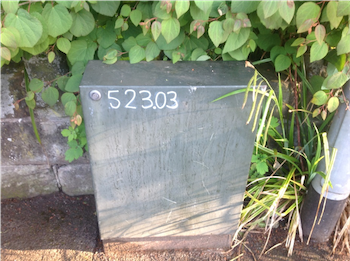
“I know what that is… it’s an electric box… my Dad works with them.”
On return, the children began to become interested in exploring map-making as part of their small world play: developing roadways, routes and plans for buildings, using their prior experiences.
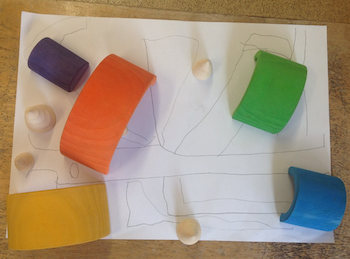
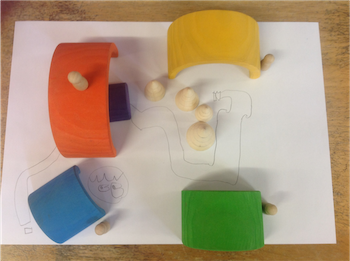
To continue to increase the challenge, a new map was created, which followed a different route, with a more complex pathway (i.e. turns of left and right, road-crossing and different markers). Children worked in pairs to follow the map as independently as possible.
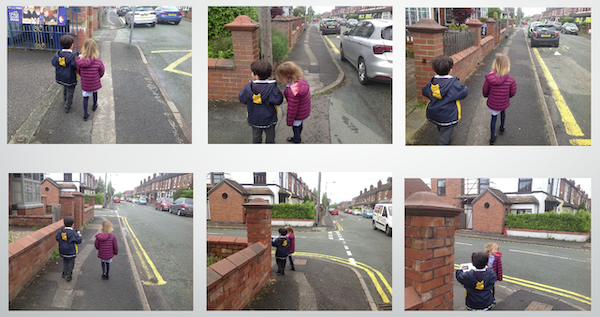
"It was a bit tricky. We didn’t know where to go at first. We had to follow the map."
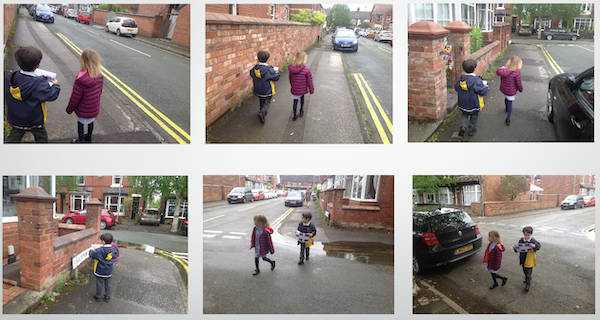
"It was tricky to cross the road… We have to see left and right."
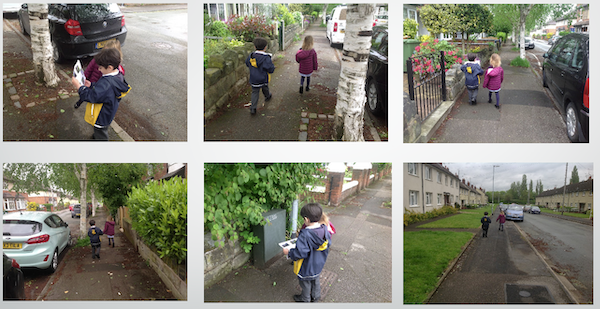
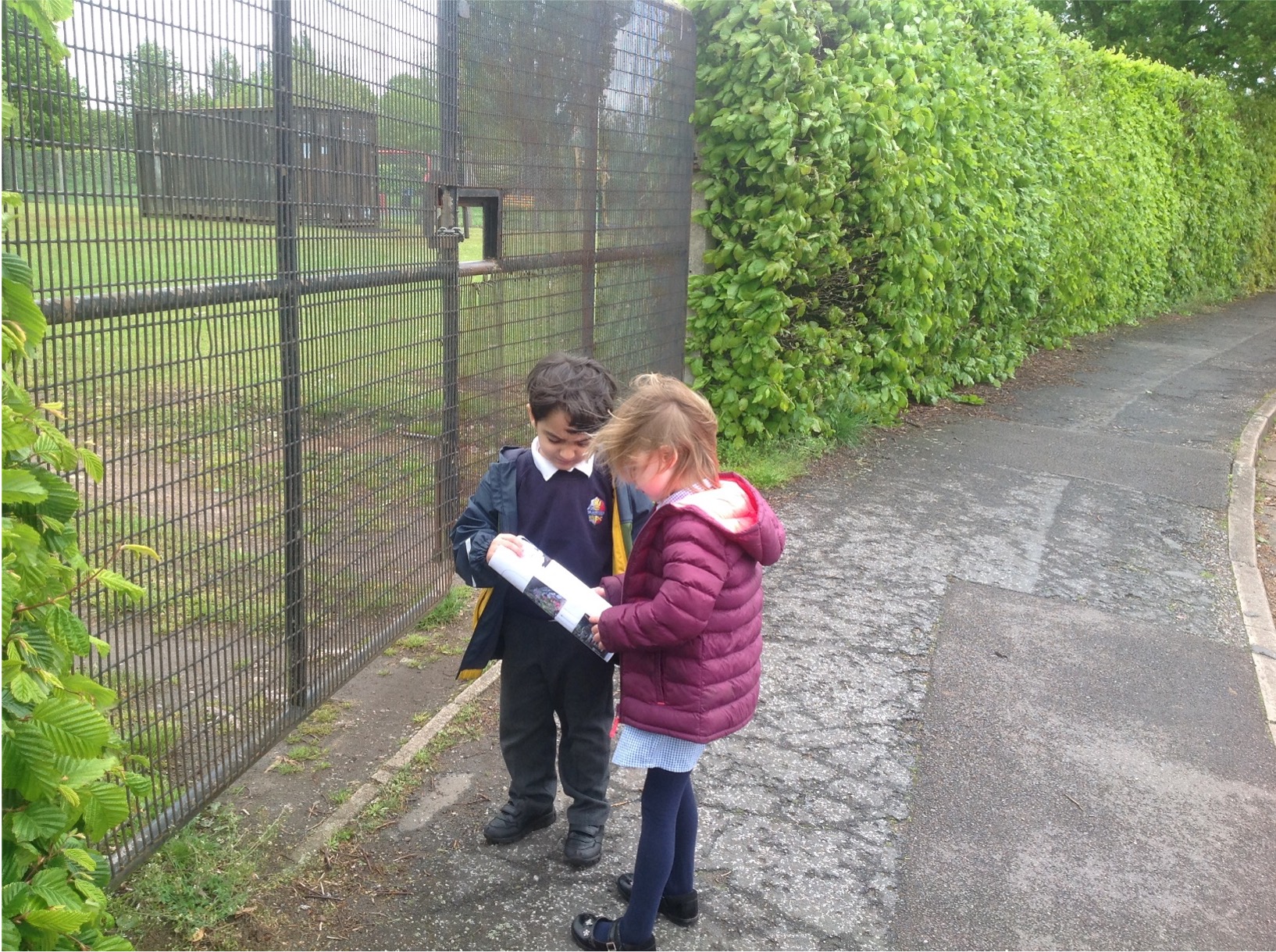
"Hurray! We made it."
"I was excited!"
"Yes: I was happy we got there."
Map-making became a key feature of children’s interests, as they explored symbolic representation of their physical world in a range of ways:
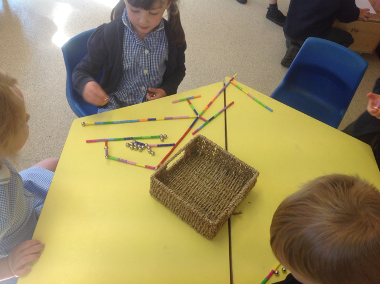
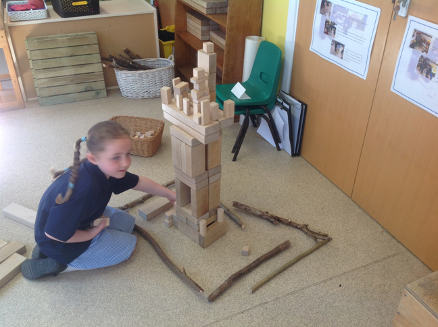
"Here’s my house and my street. The sphere’s can roll down there and go inside."
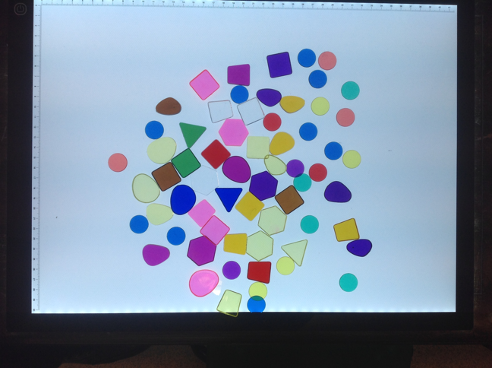
"It’s a village. There’s the houses and there’s the church and a school too."
We talked about our routes to school. As cartographers, we created maps to show the landmarks passed on each person’s journey.
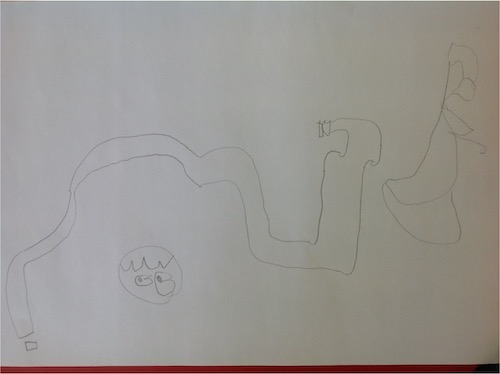
"I like walking to school. I can see lots of things."

"When I come to school I go past a post box and the park."
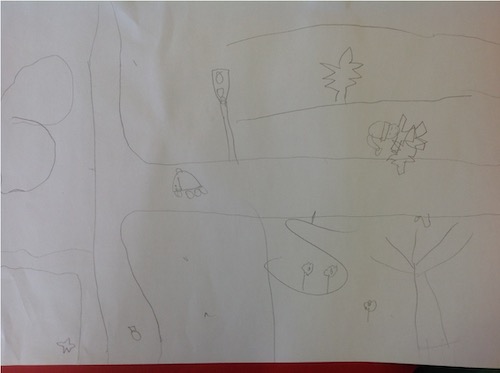
"I come out of my house and then I have to turn left. I go down the street and past these trees… There are some traffic lights too."
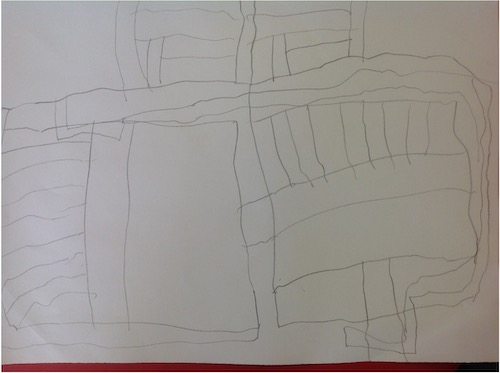
"I come in my Dad’s van. There is a zebra crossing."
